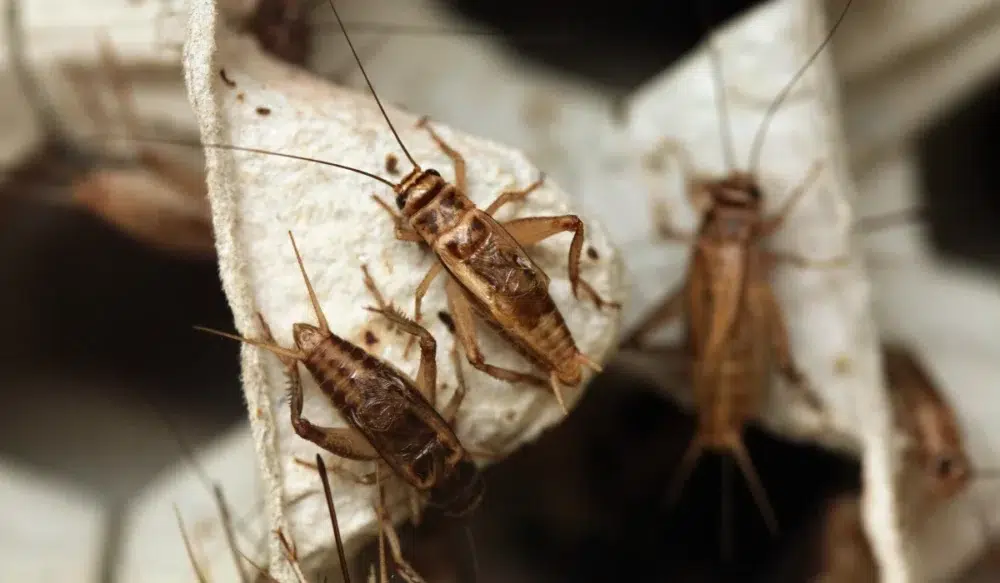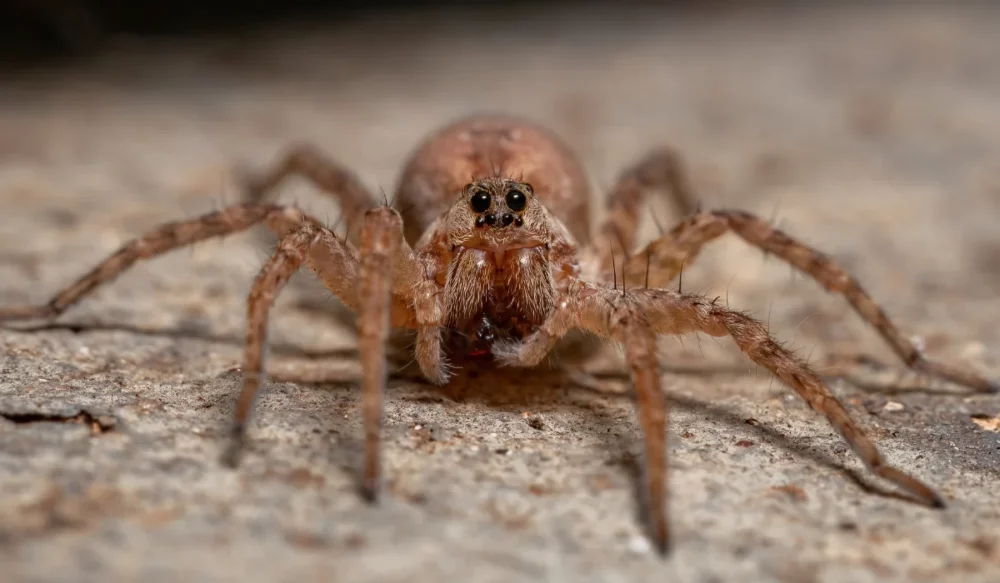Across the globe, there are over 2,700 species of termites. Fortunately, they don’t all live in Arizona, nor do they all cause damage to wooden structures. There are approximately 17 termites in the state, but only three you need to worry about destroying your home in Peoria, AZ. Learn more about those three termites and how you can keep your home safe from them.
Drywood Termites
Unlike some other types of termites, dry wood termites don’t live underground. They live in the wood above the ground, as long as it’s dry. At times, you may find these termites in furniture and other wooden objects. They are capable of flight and are noticeably larger than subterranean termites.
Like other termites, dry wood termites tend to go unnoticed in homes. One sign of termites that could make this species easier to spot than others is that they push their fecal pellets out of their tunnels, forming small piles on your floor.
Dampwood Termites
As far as damage goes, damp wood termites should be the least of your worries. They only cause damage occasionally, and if the conditions are right. These pests in Peoria, AZ usually attack moist wood at or under the ground. If you have citrus trees in your yard, you might see damp wood termites in or near the plant. Adults only grow to about an inch long.
Subterranean Termites
By far the most devastating termite in the area, the subterranean termite plagues homeowners. They live under the ground and rely on the soil for moisture. To get to cellulose in your home, these pests build mud tubes. The issue with these termites isn’t their living habits, but their eating habits. Subterranean termites eat voraciously and spend almost all of their time looking for cellulose or eating it.
Since Peoria, AZ is so dry, nature doesn’t always have enough moist wood for subterranean termites. The lack of moist wood causes them to infest homes and do significant damage to wood, stucco, and insulation.
Spotting Subterranean Termites
If you want to catch these termites before they do much damage, you need to be on the lookout for several things.
- Keep an eye out for their mud tubes.
- Watch out for termite swarmers. Between July and September, you might see a swarmer near your property. A swarmer is a sign that you already have termites or that an infestation is close by.
- Look for honeycombed wood. When your windows and doors seem too hard to open, termites might be to blame. They create moisture as they eat your wood, which results in warping. Your wood may also sound hollow when you knock on it.
Perhaps the best way to know you have termites is to contact a professional for an annual termite inspection. During the inspection, a technician can spot even the smallest signs of termite presence.
Protecting Your Property From Termites
While subterranean termites are the most common type of termite in the area, you should take measures to protect your property from all termites. Two ways to protect your property are:
- Keep Wood Away From Your Buildings: That pile of firewood near your home isn’t doing you any favors. It attracts termites to the wood in your home. To keep these pests away, store wood far from any buildings.
- Limit Soil To Wood Contact: If you have soil touching wood, it won’t be hard for termites to get into your walls. Use concrete or other carriers to limit soil-to-wood contact.
Call Us At Green Home Pest Control
Termites are relentless, and there’s only so much you can do on your own. Here at Green Home Pest Control, we have over thirty years of experience and our technicians know how to protect your home from termites. We’ll assess the situation and decide on the best eco-friendly way to keep termites away. Call us now at Green Home Pest Control to learn more and request your free estimate.


